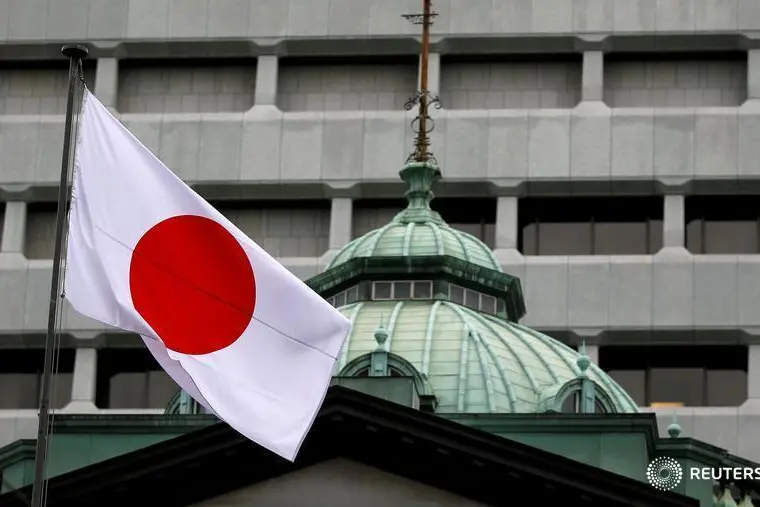PHOTO
TOKYO - The Bank of Japan ended eight years of negative interest rates and other remnants of its unorthodox policy, making a historic shift away from a focus of reflating growth with decades of massive monetary stimulus.
Below are details on what happened to the various tools that make up the central bank's stimulus framework:
NEGATIVE INTEREST RATE POLICY
Since 2016, the BOJ had been applying a 0.1% charge on a small pool of excess reserves financial institutions park with the central bank. By doing so, it guided short-term borrowing costs slightly below zero. The move was also aimed at prodding banks to lend out money instead of hoarding it in accounts.
The BOJ decided instead to pay 0.1% interest to excess reserves financial institutions park with the central bank to mop up some cash from the economy.
With the move, the BOJ will guide the overnight call rate, which will be its new policy target, in a range of zero to 0.1%.
YIELD CURVE CONTROL
The BOJ had set a 0% target and a loose ceiling of 1% for the 10-year government bond yield under yield curve control (YCC), a policy put in place in 2016 to prevent excessive falls that flatten the yield curve and crush investors' margins.
The central bank dismantled YCC by removing the target and the reference. But it inserted a guidance in the policy statement pledging to keep buying roughly the same amount of bonds as before, and intervene with bigger purchases if bond yields rise rapidly.
Analysts expect the BOJ to eventually start slowing bond buying and hold off reinvesting proceeds from bonds that reach maturity, to scale back the size of its huge balance sheet.
RISKY ASSET BUYING
The BOJ began buying risky assets such as exchange-traded funds (ETF) and real estate trust funds (REIT) in 2010 as part of a stimulus programme deployed under former governor Masaaki Shirakawa.
The central bank ramped up buying several times through to March 2021, when it decided to step in with purchases only in times of huge market turbulence.
While the BOJ's ETF buying underpinned stock prices, it has drawn criticism for distorting market pricing and crowding out private investors. Unlike government bonds, ETFs do not have maturity and therefore won't fall off the BOJ's balance sheet unless the central bank sells them in markets to a third party.
The BOJ has essentially been holding off on buying ETFs and REITs lately. But it formally decided to discontinue purchases in a symbolic move that underscored its resolve to distance itself from unconventional monetary measures.
The BOJ also decided to gradually reduce purchases of corporate bond and commercial paper buying, and stop buying altogether in about a year.
FORWARD GUIDANCE
The BOJ had pledged to maintain its massive stimulus programme "for as long as necessary to stably achieve" its 2% inflation target. It also promised to ramp up stimulus as needed, and keep expanding base money until inflation stably exceeds 2%.
All these commitments were removed. But the BOJ offered guidance pledging to keep monetary conditions accommodative for the time being, to reassure markets that it will not shift to a steady rate-hike path of the kind seen in the United States and Europe.
The BOJ has said Japan's inflation expectations have yet to be anchored at 2%, and that there are uncertainties on whether the solid wage increases seen this year will continue. This means it will likely take a wait-and-see approach before raising rates again.
(Reporting by Leika Kihara. Editing by Sam Holmes.)























